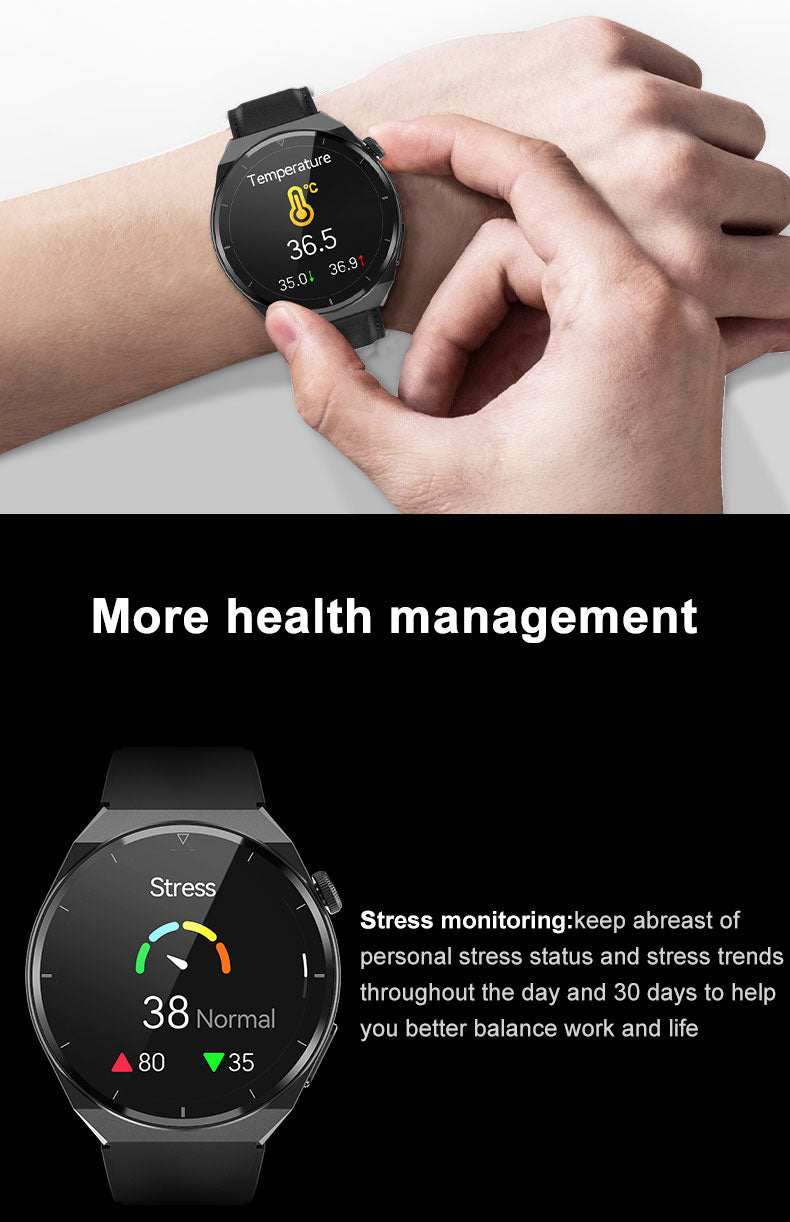Smart Watch Brands
It's not uncommon for many of us to experience bloating during the holiday season. Factors such as engaging in conversations with family members during meals, prolonged periods of sitting, alcohol consumption, and the intake of sugary, high-carb foods create an ideal environment for digestive discomfort.
Several potential reasons may contribute to holiday-related bloating:
- Increased food consumption beyond your usual intake, leading to a slower digestive process and delayed elimination from the body.
- Social settings during holiday gatherings often involve a lot of talking, resulting in the unintentional swallowing of air, which can lead to the accumulation of gas in the stomach.
- Consumption of holiday foods that are challenging for the small intestine to digest, such as high-FODMAP foods like apples, dairy, asparagus, wheat, garlic, onion, and honey. These foods may progress to the large intestine, where fermentation by bacteria occurs, producing gas as a byproduct of the process.
Don't worry; we'll introduce you to some effective little measures that can help soothe your stomach and alleviate unnecessary bloating.
Take a 15-minute walk after meals
While many people believe in resting or sitting after meals to prevent gastric sagging, sitting and compressing the abdomen may hinder proper digestion. Taking a 10-minute walk after meals can promote peristalsis, aid digestion, and engaging in 30 minutes of regular daily exercise is also a way to stimulate intestinal motility, enhancing the digestive capacity of the stomach.
Tap the lower back to aid gas release
Tapping the lower back can help stimulate intestinal movement and, consequently, release gas. Sit up straight in a chair, clench your fists, and tap the area next to the buttocks. Gradually move upward, tapping the hip bones above the groin. Continue tapping within the range your hands can reach, ensuring it's a gentle process without causing any pain.
Knee-hug body twist to aid gas release
Twisting the body can also assist in intestinal movement, and the pressure on the knees can promote gas release.
How to Perform the Knee-Hug Body Twist
-
Start in a Comfortable Position:
- Begin by lying on your back on a flat surface, such as a yoga mat or carpet. Ensure you have enough space to extend your arms and legs.
-
Bring Your Knees to Your Chest:
- Slowly bring both knees toward your chest, hugging them with your arms. You can clasp your hands over your shins for a secure hold.
-
Maintain a Relaxed Neck and Shoulders:
- Keep your neck and shoulders relaxed on the ground. Ensure that your head is comfortably positioned without straining your neck.
-
Inhale Deeply:
- Take a slow, deep breath in through your nose, allowing your abdomen to expand as you fill your lungs with air.
-
Exhale and Twist:
- As you exhale, gently guide your knees to one side while keeping your upper back and shoulders grounded. Aim to touch the ground with your knees, but only go as far as feels comfortable.
-
Hold the Twist for a Few Breaths:
- Hold the twisted position for a few breaths, allowing your body to stretch and release tension in the abdominal area.
-
Return to Center and Repeat on the Other Side:
- Inhale as you return your knees to the center, and then exhale as you guide them to the opposite side. Repeat the twist on both sides as needed.
-
Finish with Both Knees to Chest:
- After completing twists on both sides, finish by bringing both knees back to your chest and holding for a final deep breath.
While holiday indulgence is a joyful part of celebrations, taking care of your digestive health afterward is equally important. Incorporating these natural remedies and lifestyle practices can help ease bloating and soothe GI upset, allowing you to recover and return to your usual vibrant self. Remember, listening to your body, staying hydrated, and adopting mindful eating habits contribute to a healthier digestive experience, even after the heartiest holiday feasts.
As a good helper in protecting your health, BP Doctor provides reminders for drinking water and sitting for long periods of time, and can also monitor your heart rate, blood oxygen, blood sugar, uric acid, blood lipids, etc. at all times, so that you can eat with confidence.










